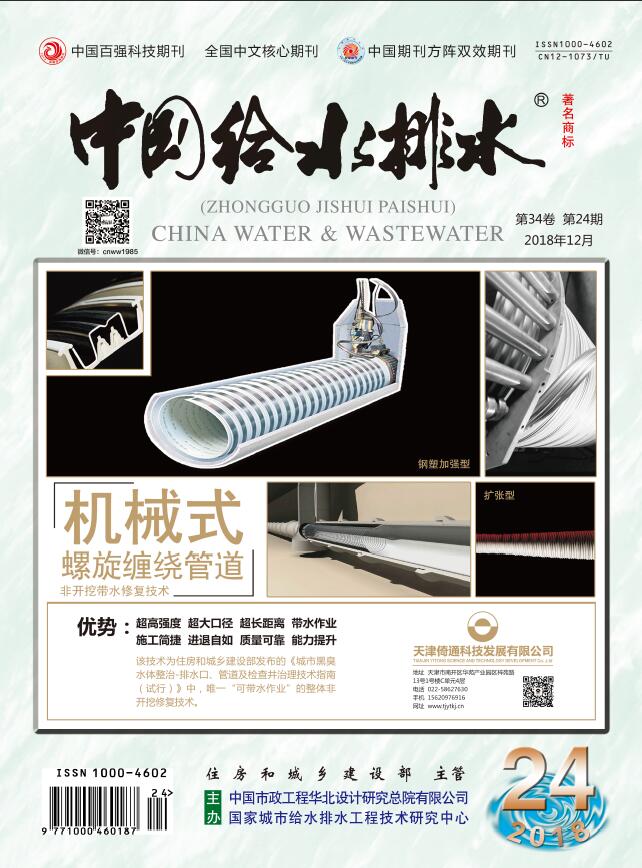XIAODong-jie,TIANLi-li,LIULi-zhu,et al.Evaporation Characteristics of Concentrate from Membrane Filtration of Domestic Landfill Leachate[J].China Water & Wastewater,2024,40(17):98-103.
Evaporation Characteristics of Concentrate from Membrane Filtration of Domestic Landfill Leachate
China Water & Wastewater[ISSN:1000-4062/CN:12-1073/TU]
volume:
第40卷
Number:
第17期
Page:
98-103
Column:
Date of publication:
2024-09-01
- Keywords:
- domestic landfill leachate; membrane filtration concentrate; evaporation; rise of boiling point; bottom residue
- Abstract:
- The process consisting of MBR and membrane filtration is one of the mainstream treatment processes for domestic landfill leachate. During the treatment process, 20% to 30% of membrane filtration concentrate is generated, which contains a high level of salt and non-biodegradable organic matters. Currently, evaporation is predominantly employed for its treatment. A simulated evaporation apparatus was employed to handle the membrane filtration concentrate from a domestic landfill in Hunan Province. The variations of boiling point under diverse pretreatment approaches and evaporation pressures as well as the features of the bottom residue after ultra-high concentration were examined. Under the identical conditions, the boiling point temperature of negative pressure evaporation was conspicuously lower than that of atmospheric pressure evaporation, yet the increase in boiling point temperature was higher than that of the atmospheric pressure evaporation. The pretreatment methods had no substantial impact on the increase in the initial boiling point rise (less than 2 ℃) and the increase in the endpoint boiling point rise (7-8 ℃) under different pressure evaporation. However, acid regulation and the removal of organic matters could reduce the endpoint boiling point rise of negative pressure evaporation by 5-7 ℃. After undergoing negative pressure evaporation and concentration for 20 times, the inorganic component of the bottom residue mainly consisted of sodium/potassium salts, and the organic component mainly comprised fulvic acid.
Last Update:
2024-09-01

